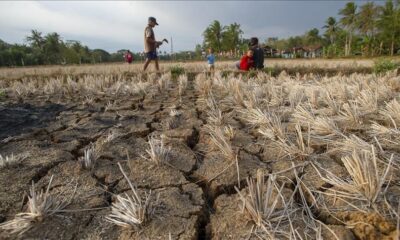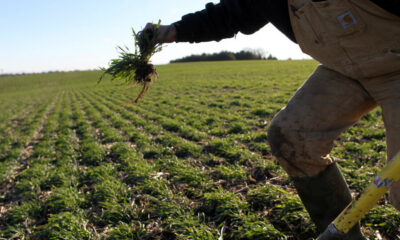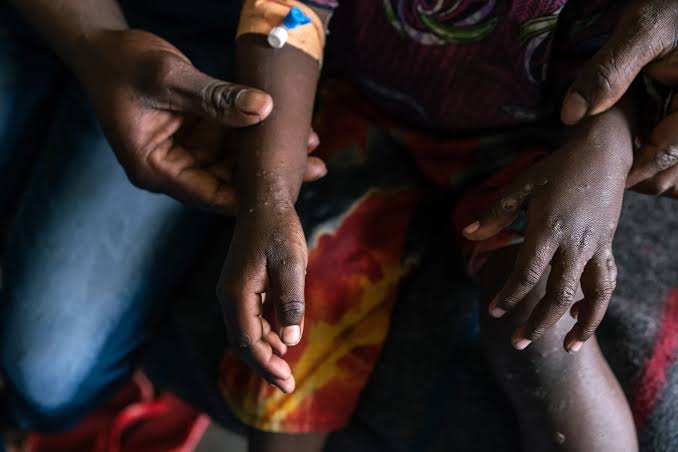Residents of the Zimbabwean community of Buhera are waiting in groups outside a primary school, hoping to be called by name to collect life-saving gifts of grain, peas, and cooking oil following a situation of below-average rainfall caused by El Nino once more this year, according to Francesca Erdelmann, the country director of the World Food Programme for Zimbabwe.
“We are grateful, but the food will only be enough for one month,” said Mushaikwa, 71, who lives with her elderly husband, as she trudged away with her bag of grain. “My crops are wilted.”
Since former president Robert Mugabe took over farms held by white people in 2000, Zimbabwe has been unable to feed itself. This disruption in production has resulted in severe drops in productivity, leaving many Zimbabweans dependent on food help to survive.
A drought brought on by El Nino that has affected several countries in southern Africa has made the situation worse. Though the actual figure may be higher, the government has projected that 2.7 million people will go hungry this year.
Poor harvests in drought-ravaged areas, where people depend on small-scale farming for sustenance, have resulted in food shortages that have put over 20% of Zimbabwe’s population at risk of starvation.
El Nino is a regular and natural weather phenomenon that warms regions of the Pacific and modifies global weather patterns. It affects different areas differently. Erdelmann said during a press conference that it makes a big difference when the rains don’t fall or come late.
A cabinet minister told journalists that the government is debating whether to impose a state of emergency. A natural weather phenomenon known as El Nino is linked to a change in wind patterns and higher ocean surface temperatures in the eastern and central Pacific.
It usually lasts nine to twelve months, happens every two to seven years on average, and can cause extreme weather, including tropical cyclones, protracted droughts, and ensuing wildfires.
“When you drive around, you will see that many crops have wilted,” said World Food Programme acting country director Christine Mendes in Buhera, about 220 km (140 miles) southeast of the capital, Harare.
In four areas that are vulnerable to drought, WFP has assisted 270,000 individuals between January and March; nonetheless, Mendes stated that more funding will be required to feed even more people.





































